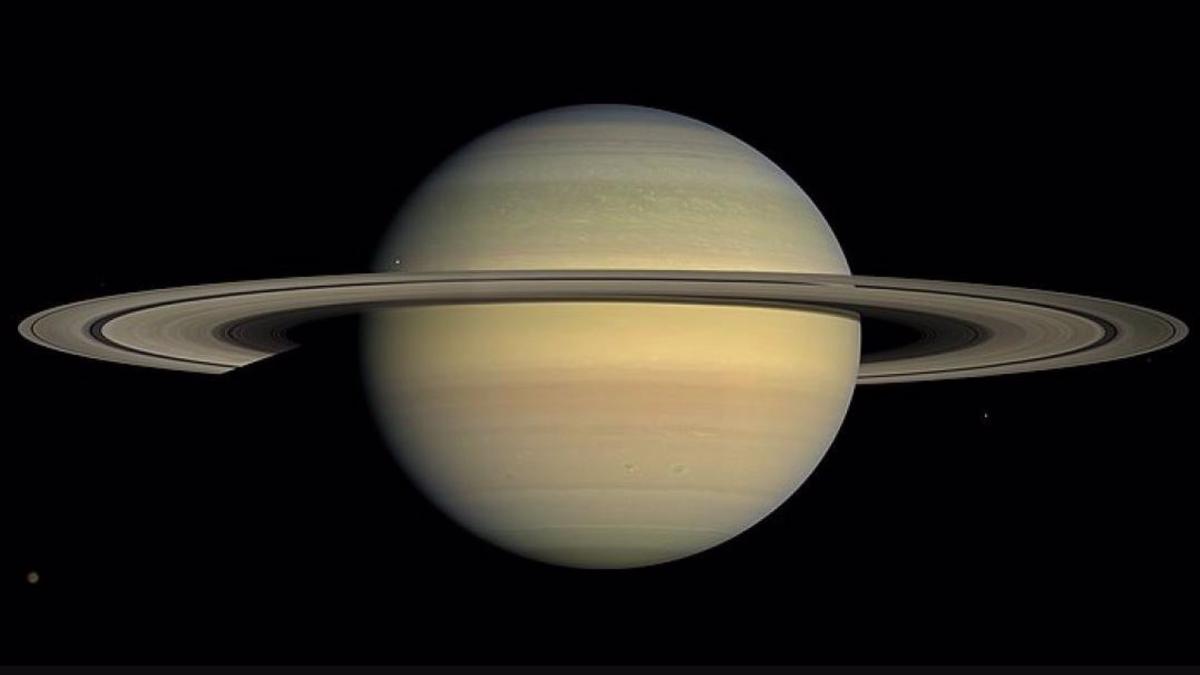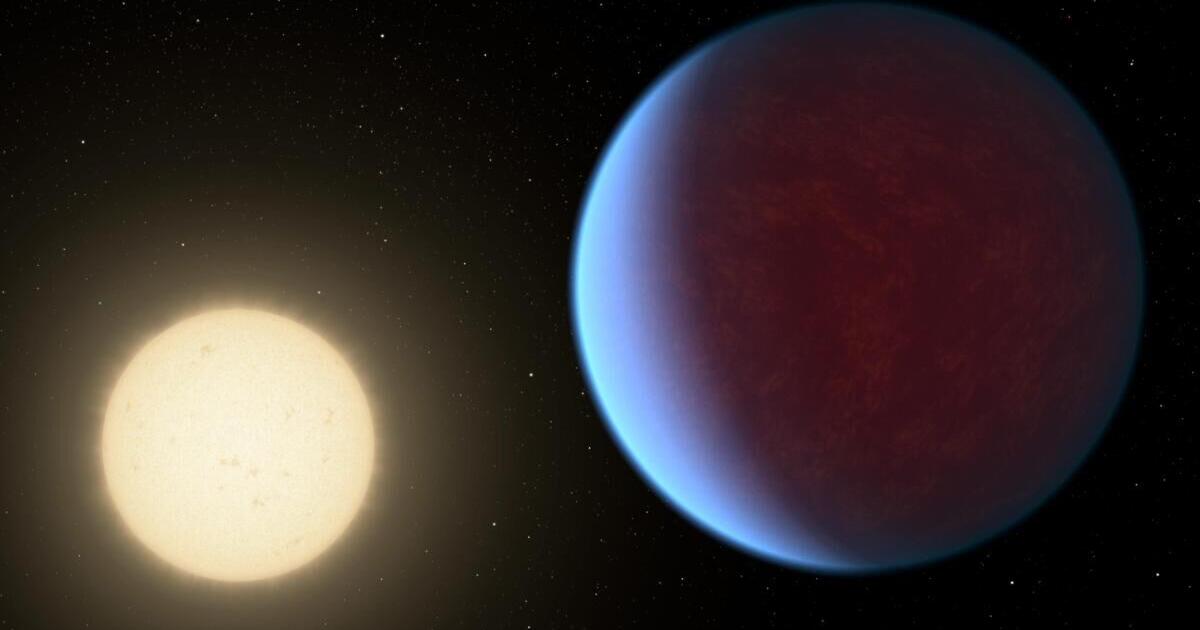The long-running search for extraterrestrial life got a big boost with a new scientific study published Wednesday in the prestigious journal Nature.
A team of scientists has discovered phosphorus, an essential element for life, in the ocean beneath the icy surface of one of Saturn’s moons, Enceladus.
The findings are based on a review of data collected by NASA’s Cassini spacecraft and are published in a public report in Nature.
Cassini began exploring Saturn and its rings and moons in 2004, before burning up in the gas layer of the giant’s atmosphere when its mission ended in 2017.
“This is an exciting discovery for astrophysics,” said one of the paper’s co-authors, Christopher Klein of the Southwest Research Institute.
An unprecedented discovery
Geysers at Enceladus’ south pole spew icy particles into space through cracks in the surface, feeding Saturn’s E ring, a faint ring outside the bright main rings.
Scientists have already detected other minerals and organic compounds in the ejected ice, but not phosphorus, an essential component for DNA and RNA, and found in the bones and teeth of humans, animals and even marine plankton.
Simply put, life would not be possible without phosphorus.
Although geochemical modeling has previously revealed the presence of phosphorus, and this prediction was published in a previous paper, it’s one thing to predict something and another to confirm it, Klein noted.
“This is the first time this essential element has been found in the ocean beyond Earth,” said lead author Frank Bostberg.
Investigations will follow
The authors analyzed data collected by Cassini’s Cosmic Dust Analyzer and confirmed the findings with laboratory experiments to show that Enceladus’ ocean incorporates phosphorus in various water-soluble forms.
In the past 25 years, planetary scientists have discovered that worlds with oceans beneath the surface layer of ice are common in our solar system.
They include Europa – one of Jupiter’s moons – Titan – Saturn’s largest moon – and Pluto, the most distant planet in the Solar System.
While Earth-like planets—those with oceans on their surface—need to be within a narrow radius of their reference star to maintain temperatures suitable for life, the discovery of worlds with surface oceans expands the size of the potentially habitable places in the universe. .
“With this discovery, it is now known that Enceladus’ ocean meets what is generally considered the most stringent requirement for life,” Klein said.
“The next step is clear: We need to go back to Enceladus to see if a habitable ocean is actually inhabited,” he stressed.




:quality(85)/cloudfront-us-east-1.images.arcpublishing.com/infobae/UXWYDUR7AZHNZOCISYCCM3SM3M.png)
:quality(85)/cloudfront-us-east-1.images.arcpublishing.com/infobae/XIJGHJCLY5DODN3R2TGC7ER6MI.jpg)